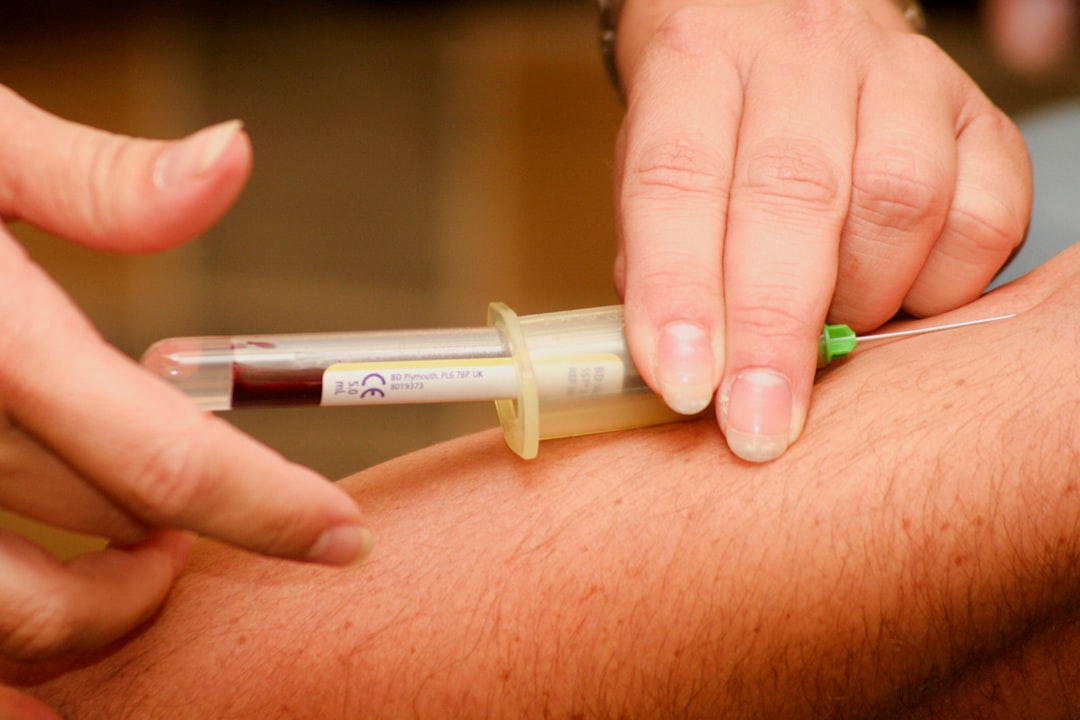What is it about?
Children with diagnosed auditory processing disorder were tested to see whether there were differences in the otoacoustic emissions (OAE strength and inhibition) and middle ear muscle acoustic reflex thresholds, compared to a control group. There were no OAE group differences between groups but acoustic reflex thresholds were significantly higher at 2000 Hz in the APD group for contralateral stimulation (sound presented to ear opposite the ear in which the muscle contraction was recorded). This is consistent with other studies showing acoustic reflex differences in children with APD.
Featured Image

Photo by Alireza Attari on Unsplash
Why is it important?
This study is important as it highlights the need to measure acoustic reflexes in children with suspected APD. Also, the study does not provide support for the view that APD is associated with disordered auditory efferent function (to the extent that this can be measured using a contralateral inhibiition OAE paradigm).
Perspectives
The results of studies of OAEs in children with APD or suspected APD have been inconsistent. An important aspect of this study is that OAE inhibition is examined using both absolute and normalized measures of inhibition strength, and no group differences were found.
Prof Suzanne C Purdy
University of Auckland
Read the Original
This page is a summary of: Assessment of the efferent auditory system in children with suspected auditory processing disorder: the Middle ear muscle reflex and contralateral inhibition of OAEs, International Journal of Audiology, January 2019, Taylor & Francis,
DOI: 10.1080/14992027.2018.1523578.
You can read the full text:
Resources
Contributors
The following have contributed to this page










